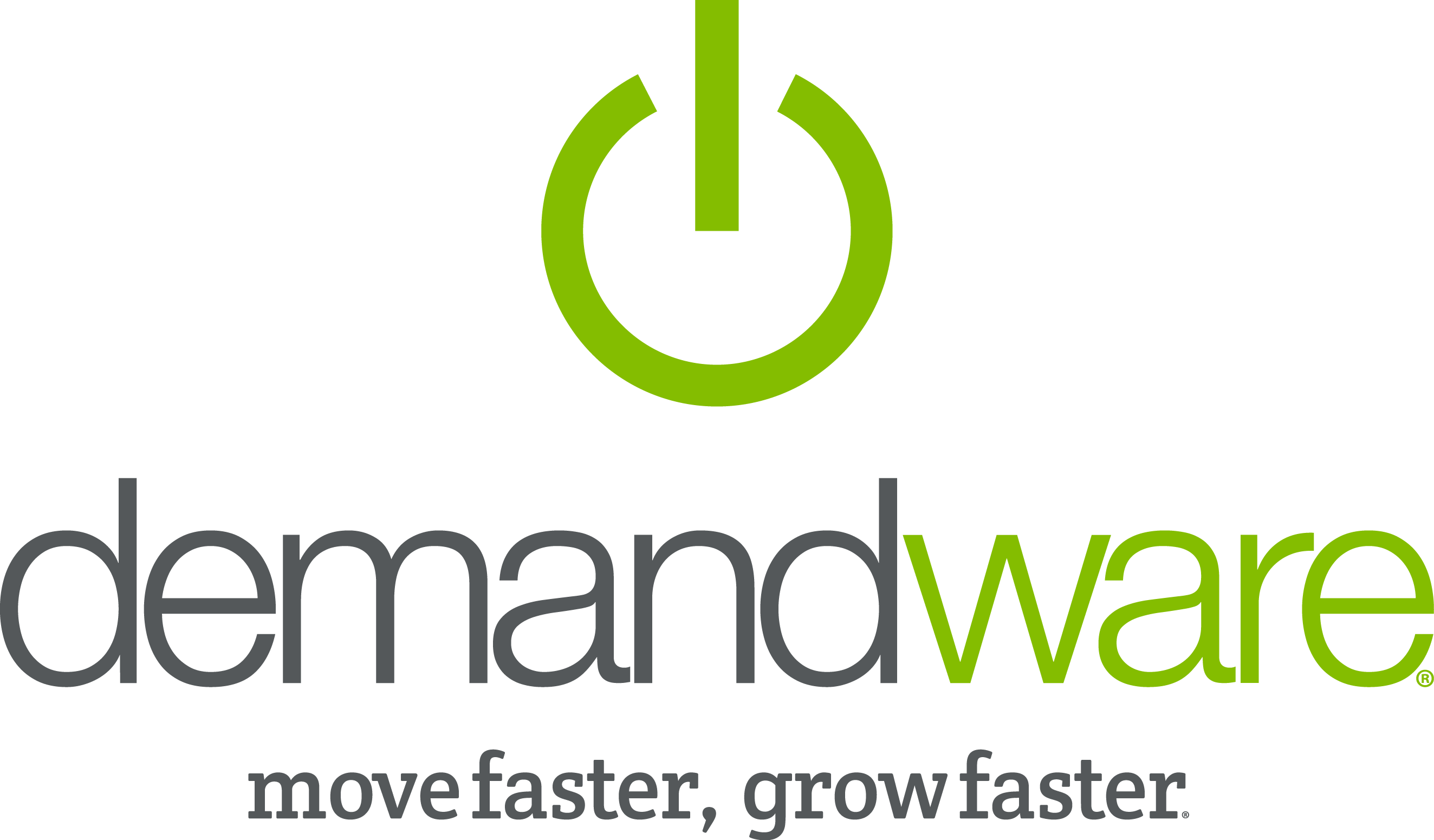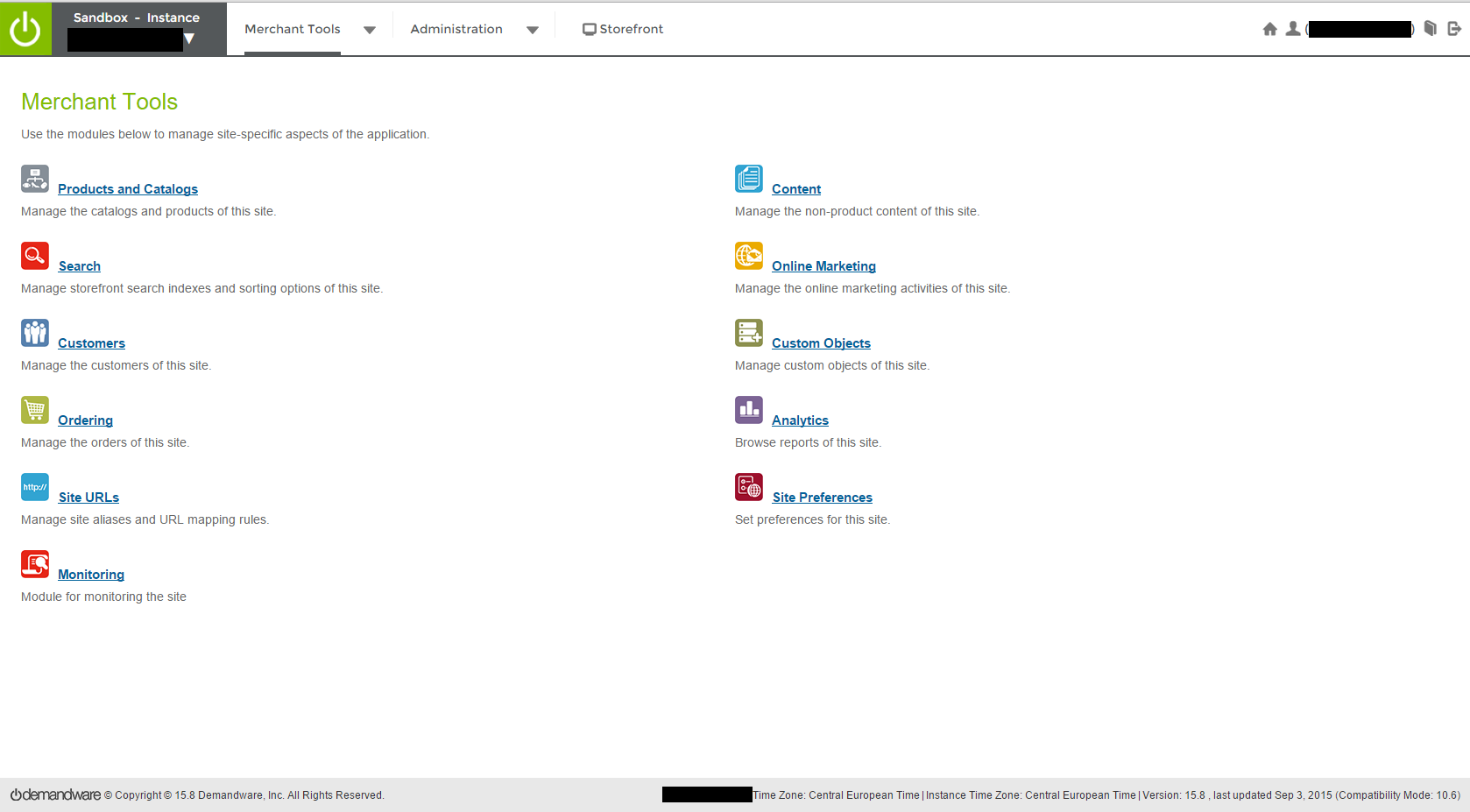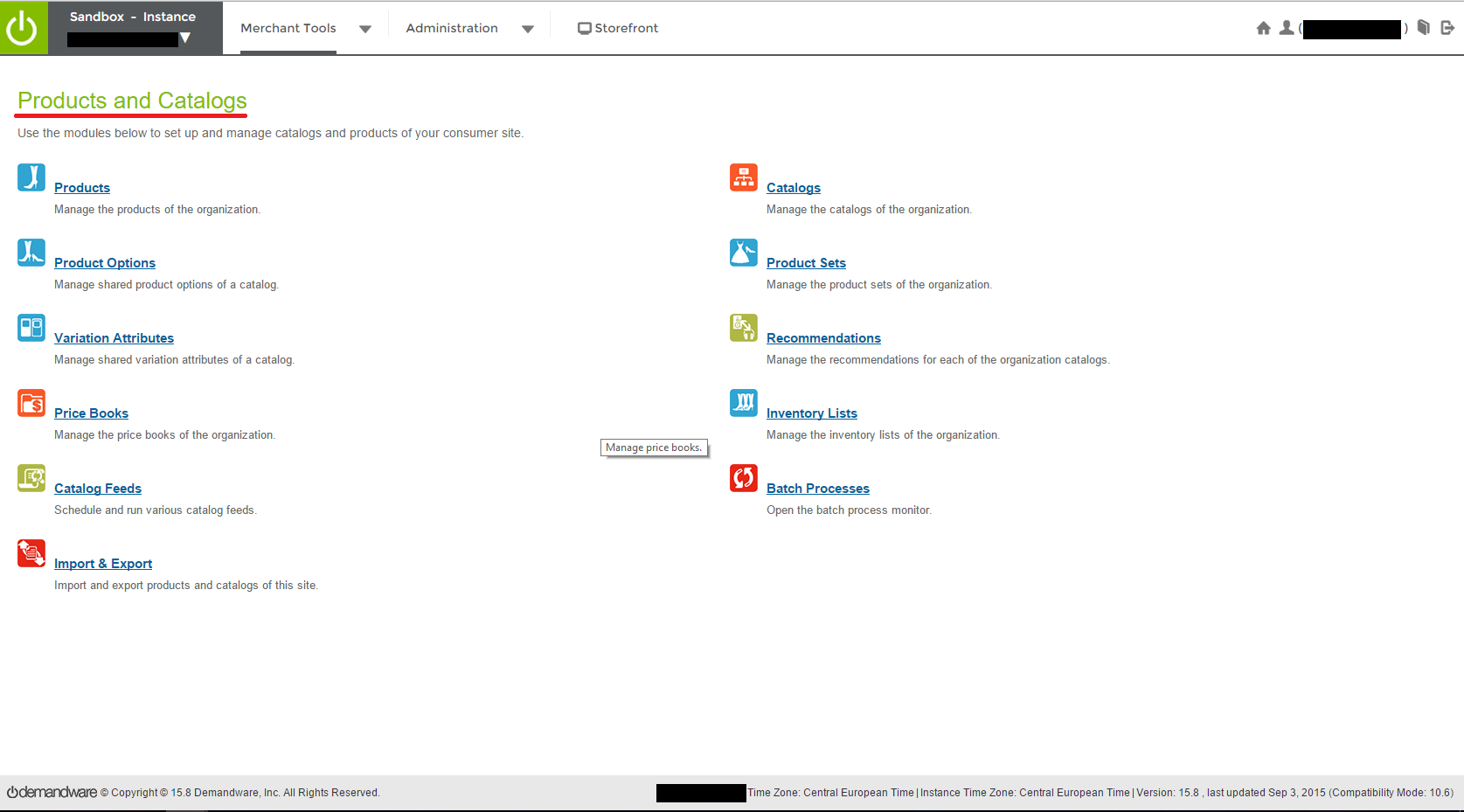Part 1: What is Demandware?

This post is intended for developers new to Demandware and people interested in it from a developers perspective. It will be a little series of posts exploring the platform.
Before I started working with Demandware I had never heard of it and didn’t know what it was. That being said though, it is a successful company and product, with lots of capabilities and known clients such as adidas, GoPro and more.
I currently work for Alpha Solutions and I have spent a fair amount of time working with this platform, to provide some of our customers an eCommerce solution, and I wanted to share what it is like and give you an idea of what it is all about.
In this first part I’d like to give a simple introduction to Demandware and in the next part I will go into more detail of how it is from a developers perspective.
Series:
- Part 1: What is Demandware?
- Part 2: Developing with Demandware
- Part 3: Using AngularJS with Demandware – coming
What is Demandware?
Demandware is SaaS platform which is specializing in eCommerce.
So what does that mean?
First of all, the target audience for the platform is within the eCommerce realm which involves online shopping among other things. Therefore it has a lot of the desired functionality, which comes out of the box, that one would need in order to run a successful webshop.
The other part is, that due to it being a SaaS solution it means that it is frequently updated (the platform/software) and that you don’t have to worry about the infrastructure. It is all taken care of for you which includes all the necessary hardware, application servers, database servers and the clustering and backup infrastructure.
That being said, it is unfortunately proprietary software / commercial software which one would have expected. Its business model operates on a subscription-based model where all clients pay a monthly fee based on a percentage of the sales they generate. Being proprietary software the community is rather closed and limited meaning that StackOverflow and other similar websites are not of much help. However Demandware provides a community similar in concept to that of StackOverflow for its members and developers along with some documentation and API references.
The dashboard
Now imagine any online shop. It could be amazon, ebay or maybe a local one which you know of. The part of the site you as the user can see and navigate through, is in Demandware terminology called the Storefront. The storefront will of course be different from website to website as they each have their own brand and online identity (hopefully lol).
However, the administrative part is the same for websites running on Demandware. Each Demandware instance has a dashboard area which once again in Demandware terminology is called the Business Manager.
The business manager is used both by developers and the people running the website which would include online shop managers, operation managers, shop coordinators, project managers and marketers – in other words the online team for the webshop.

The Business Manager is split into two categories as can be seen in the image above, Merchant Tools and an Administration area.
The merchant area
The merchant area is mostly used by the people running the shop. Here they are able to handle the daily operations and configure different kinds of settings. As shown by the image above they could manage the online marketing activities of the site, browse analytics and monitor the site, manage products and catalogs, schedule sales and marketing campaigns, manage customers and orders and a whole lot more.
There a lots of configurable parameters and each of the categories from the previous image has more subcategories and bits and bobs which you can configure.

The administration area
The administration area is similar to the merchant area but it is slightly more technical and it would also mainly be developers who maneuver in this part of the business manager. However the more technical people from the online team running the webshop would also manage certain operations from this area.

Here you are able to start and control data and code replication processes, manage job schedules and configurations, profilers, services, batch processes, code deployments, site imports and exports, code versioning and more.
Common for both areas of the business manager is that it is used for managing the website and twisting bits and bobs.
Customer Service Suite
Last but not least each Demandware instance is provided with a CSSuite.

The CSSuite is as the heading says, obviously, for customer service to handle support cases and the likes. Even though you can access customer information and shipment details from the business manager, the information is however spread out. This makes it difficult to get a proper overview and handle support cases which is why the CSSuite is available.
Conclusion
I hope this quick intro gave some insight into what Demandware is, its business model and the business manager. The platform is suited for enterprise-level retailers looking for lots of feature-sets which comes right out of the box to provide a customizable solution.
In the next part I’ll dive deep into what the platform is built upon and its underlying technologies.
That’s it for now!
